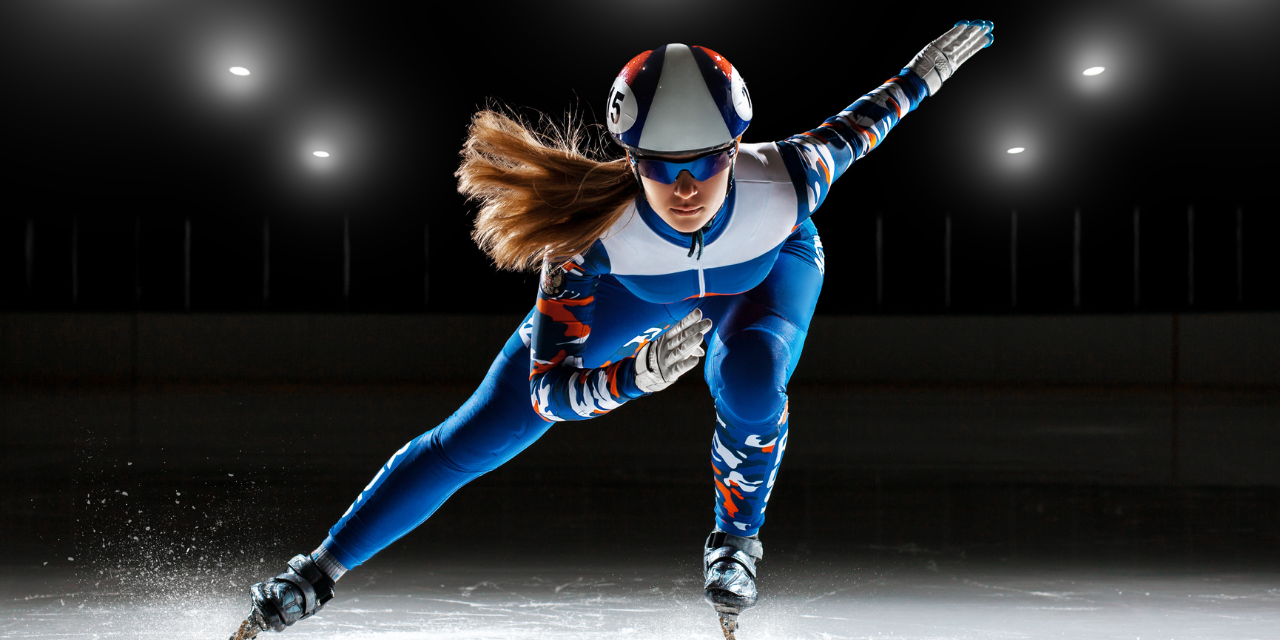The International Olympic Committee (IOC) has pushed back the release of new “transgender guidelines” until after the Beijing Winter Olympics in February 2022.
IOC Science and Medical Director Dr. Richard Budget made the announcement and told The Guardian there were “very conflicting opinions” about allowing men who believe they are women to compete in women’s sports.
He also stated, “We’re very aware that sex, of course, is not binary. It’s a continuum. The sectors overlap. And so the solutions are not essentially going to be binary.”
The IOC began allowing transgender-identified athletes to compete in the Games in 2004, requiring those athletes to show legal recognition of their new “gender,” to have undergone hormone therapy “for a sufficient length of time to minimize gender-related advantages in sport competitions,” and to have had “surgical anatomical changes … including external genitalia changes and gonadectomy.”
Those guidelines were tossed out in 2015 in favor of new ones that allowed “female-to-male” athletes “to compete in the male category without restriction.” For “male-to-female athletes,” the guidelines stated that a male athlete had to declare a female identity, without changing, for at least four years. Those guidelines also required that a male competing as a female must have a testosterone level in serum below 10 nanomoles per liter for at least 12 months before competing. Surgery was no longer necessary to compete.
Still, Christian, conservative and feminist groups decried the guidelines, knowing that male and female bodies are constructed quite differently. The organization Save Women’s Sports sent a petition to the IOC back in October 2020, pointing to a list of more than 60 “male participants who self-identify into the women’s category” in sports.
Save Women’s Sports then referenced an extensive report by World Rugby which found that “allowing male bodies into the women’s game raises the injury risk by 30%.” As we reported in The Daily Citizen, the organization found that male-female body differences lead to performance differences in athletic skills like sprinting, kicking, throwing, weightlifting and punching.
The performance differences range from 10-15% in sprint speed to 160% in punching, and they also create a disparity and an unfair advantage for men in women’s winter sports. World Rugby also found that suppressing testosterone in a man who identifies as a woman only slightly reduces the innate biological differences such as muscle volume, body mass, strength and running speed.
Budgett told The Guardian, “The particular changes from 2015 are the emphasis on the priority of inclusion, and on the avoidance of harm, but always bearing in mind the importance of fair and meaningful competition.”
He also stated that the IOC guidelines would most likely allow international sports federations to come up with their own rules for each sport.
“Transgender women are women,” he said, repeating the canard that hormones and surgeries can change a male into a female.
“But we also have to separate gender from eligibility,” Budgett said, adding, “And eligibility needs to be sport-specific in order to have this fair and meaningful competition at all levels, but especially at the elite level where the stakes are that much higher.
Related articles and resources:
Focus on the Family’s Get Help: Transgender Resources
IOC President Reaffirms Biological Male Can Compete Against Women at Olympics
It’s Official: First Transgender-Identified Athlete to Compete at Olympics
Male and Female Biology Matters
What Are Male and Female in God’s Story?
Photo from Shutterstock.






